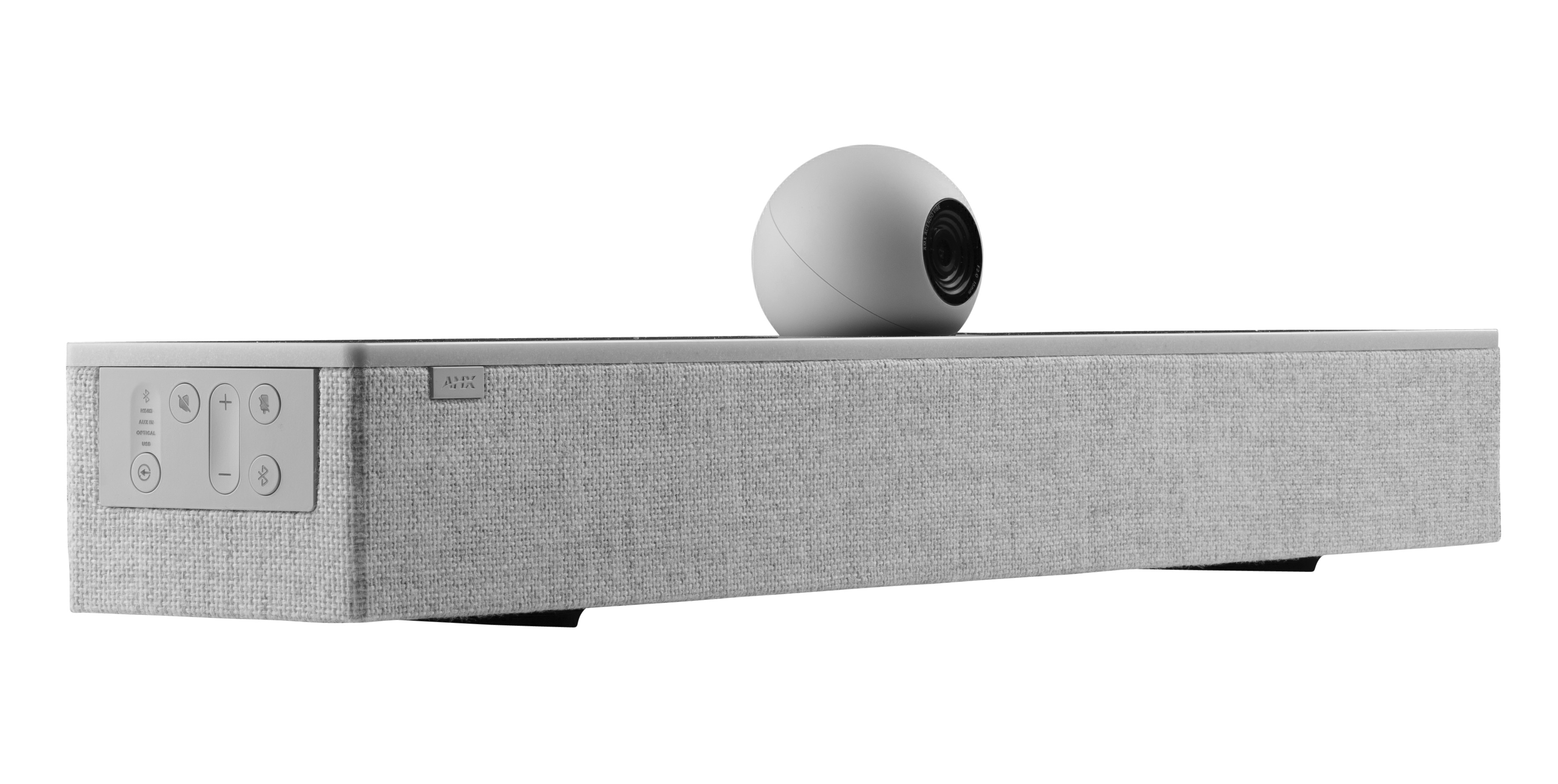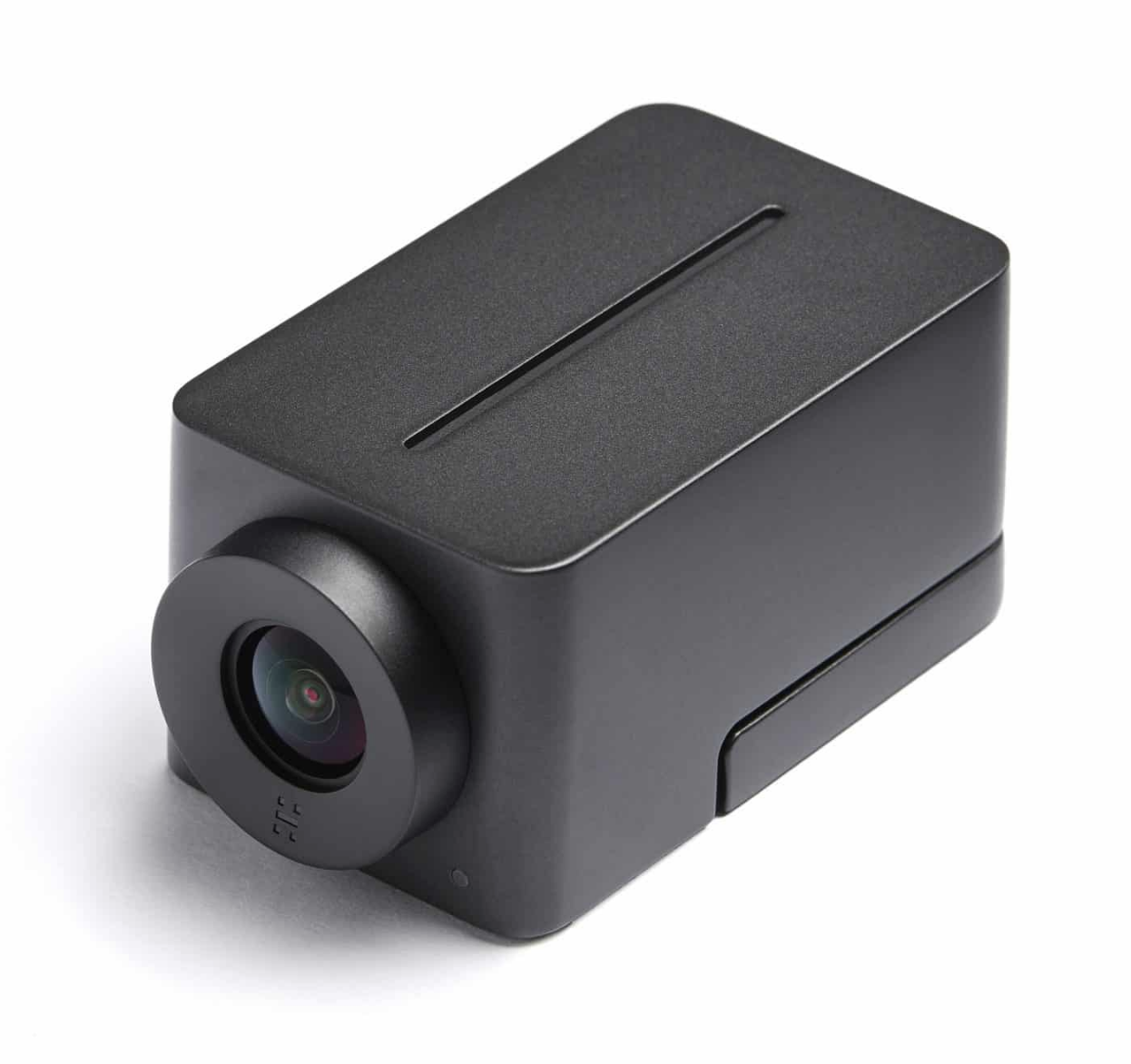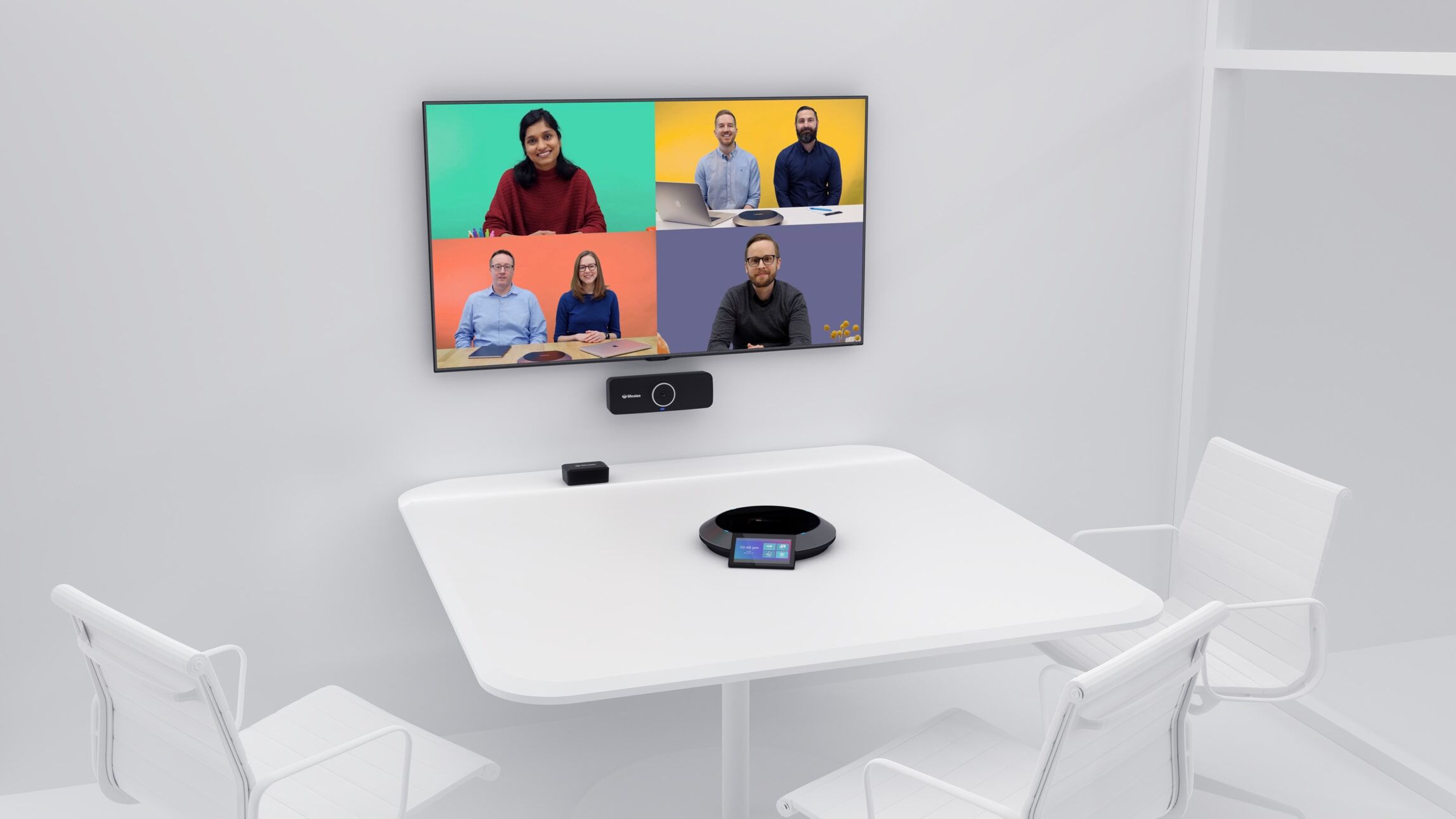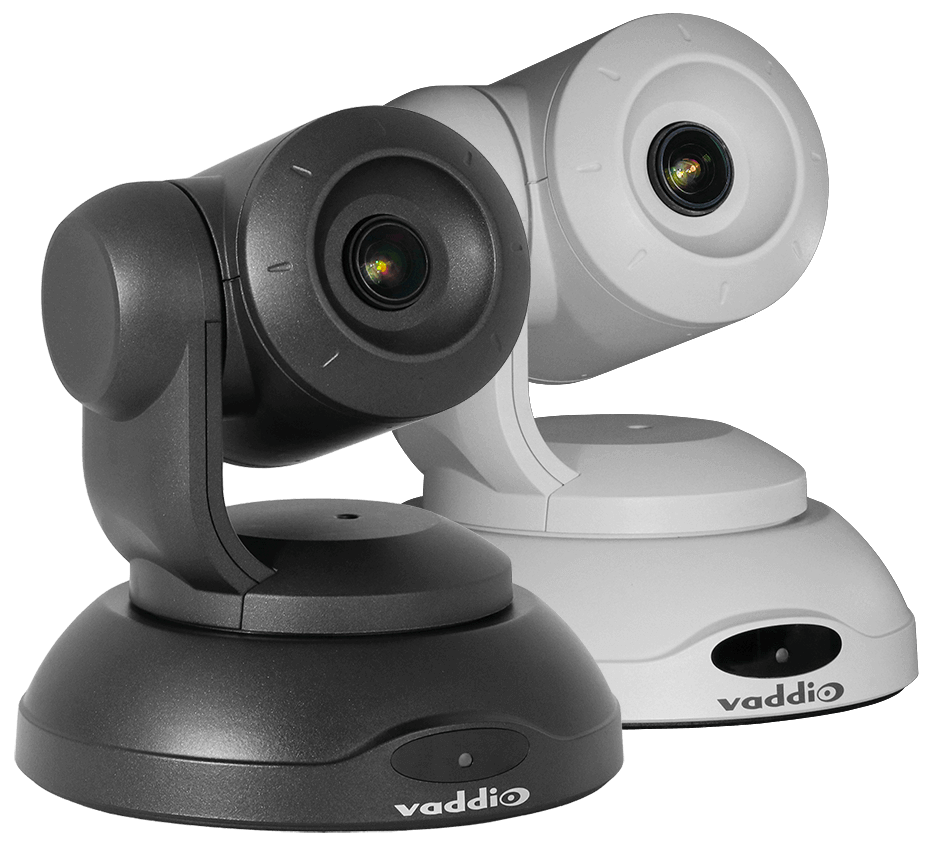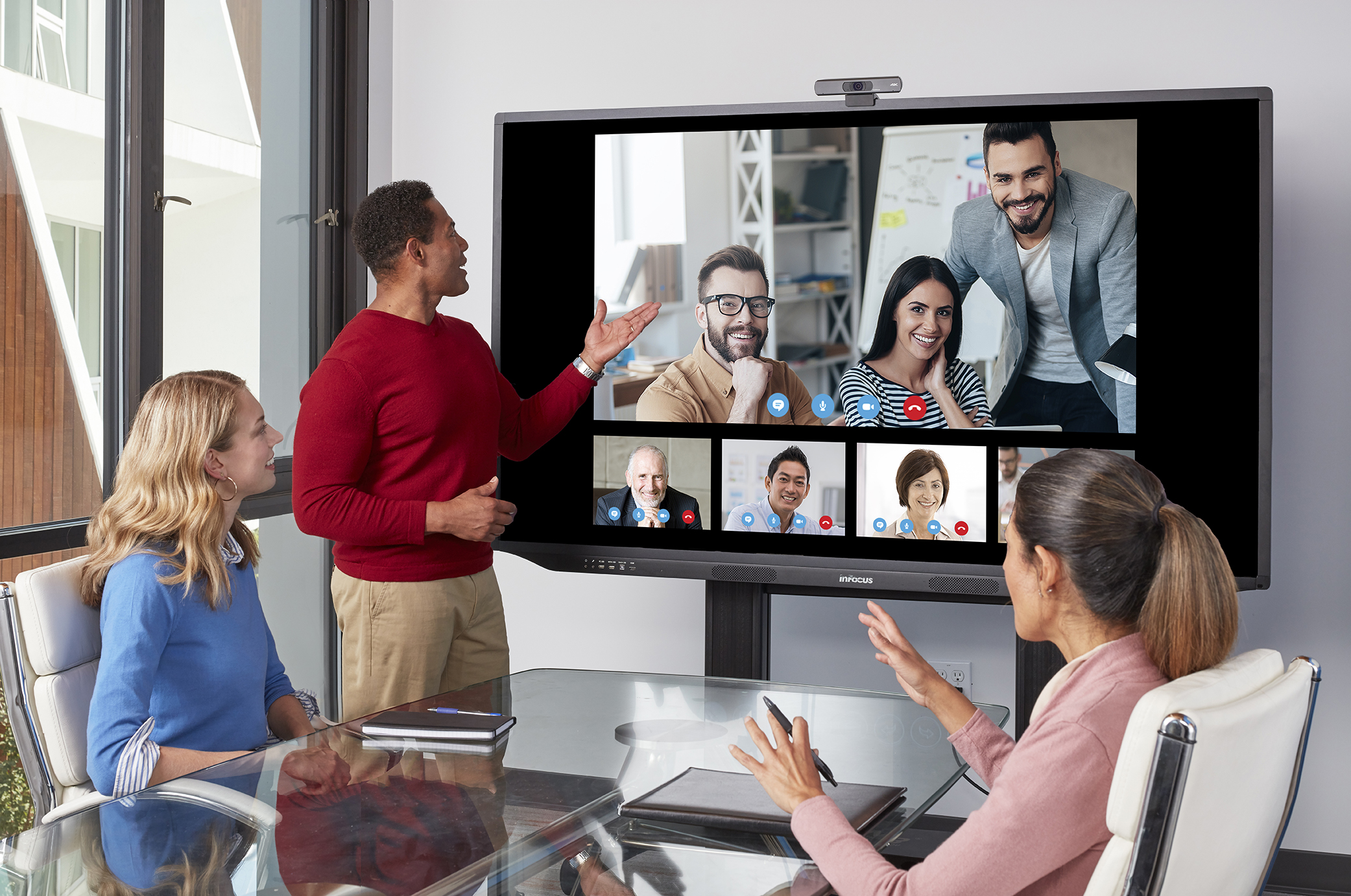Millennials are purported to have been the drivers of the open and collaborative work environment, yet study after study shows workers are unhappy because these spaces are noisy and distracting. Perhaps the qualities that annoy are the result of poor interior design planning and not an ill-conceived desire to enable collaboration. The average workplace today accommodates five generations, with millennials leading the pack, and designing with regard for all of today’s workers is key.
One of the main purposes of the 2019 Gensler Research Institute’s U.S. Workplace Survey was discovering which type of environments work best. The report stated: “Environments that are mostly open environments but provide ample on-demand private space have both the highest effectiveness and the highest experience scores. This largely aligns with people’s stated preferences: they prefer open environments with ample on-demand private space to support individual, focused work, but very few say they would prefer a totally private environment. And when rating what constitutes the ‘best’ workplaces overall—not just physically but in terms of the goals and work processes they support—‘team building and collaboration’ is the highest-ranked aspect of a great workplace according to our respondents, a finding consistent across generation and gender segmentations.”
[How to Pack a Punch into Your Huddle Room]
With this said, forget about all the business magazine articles declaring the open plan is dead. It’s time to help your clients achieve workplace nirvana by providing the right kind of huddle space solutions.
The Morphing Huddle Space
Whether you call these spaces collaboration rooms, ad hoc spaces, or huddle rooms—and whether the workforce is part-time, full-time or hoteling—the end goal is the same for your client: create efficient spaces where two or more employees can share information and be productive.
“AV is going into a lot more spaces than it ever has,” said Derek Joncas, manager of product marketing, Extron. “What we see is a lot of these new spaces continuing to be refined and defined that typically are maybe four to six seats, maybe a little more, maybe a little less.”
Paul Krizan, product manager at Harman Professional Solutions, agrees. He is seeing rooms with capacity up to eight people being called huddle spaces by some enterprises. “I think this is driven by enterprises wanting the simplicity of a huddle space in rooms that seat more people, and so they’re getting labeled as huddle spaces instead of being called conference rooms.”
[Getting A Handle on the Huddle Space]
There’s not an integrator around who isn’t aware of how cost-effective it has become to hang a display just about wherever it is requested. “What it really means to us is that AV has become a little more ubiquitous,” added Joncas. “Anyplace there is a meeting need, there’s some type of audiovisual component or technology that’s being deployed there.”
As standardizing AV deployments becomes more commonplace, “IT and AV managers are adding mics, cameras, and speakers to those spaces to ensure that huddle spaces are equipped to support conferencing,” said Krizan.
In addition to lower acquisition costs, the total cost of ownership is also lower than in the past. “You can afford to equip these meeting rooms to be fully functional, even though they’re small,” said Michael Helmbrecht, COO of Lifesize. “These rooms can do everything you can do in a big room, and yeah, it doesn’t take a great deal of integration or maintenance or complexly to do it.”
Knowing this has been a rub for integrators, Helmbrecht is quick to point out. “It’s a volume play for our partners. Rather than a complex depth of integration as might occur in a big training room, there are so many more of these rooms because there’s so much more of a need to get people these small meeting spaces that are highly utilized informally.”
Huddle Room Products to Watch
Check out the gallery below for the latest conferencing products.
UC for All
There’s no shortage of videoconferencing solutions—so much so that the solutions workers use at home for personal use or work are being requested in the office. Interoperability is more important now than ever. “We’re seeing the transformation of moving from hardware-based conferencing technology to software-based conferencing technology, and customers are choosing those platforms within their organizations to communicate,” said Joncas. “That is driving the requirements of what must be [installed] in a lot of these new spaces.”
With BYOD being fully embraced by most companies, having the ability to support and interoperate with several conferencing services is also becoming common. “You can make calls from our service to Zoom, to BlueJeans, to Cisco Webex, and to a variety of others,” said Helmbrecht. “At our core, we interoperate with anything and everything that’s standards-based, and even with some that are more proprietary, like Microsoft Teams or Skype.”
“It’s making sure we can work with what you have, or, more importantly, not just what you have, but what your customers and your partners have,” he added.
Scalability
Everyone agrees that it is important to keep huddle space design simple. “They need to be simple for users to use and simple for IT to manage,” said Harman’s Krizan. “Given the large number of these rooms, it’s important that they not have failures or generate tech support calls.
Getting buy-in from customers to build out multiple huddle spaces or to scale up to larger spaces can be a challenge. Extron’s Joncas recommends talking about the client’s goals first. “Talk about consistency and then maybe educate the customer about options available to scale the space,” he said. “We’ve had some luck with Zoom and Logitech and with some other partners we’ve announced—most recently Dolby—with helping them to use some Extron technologies to scale their solutions to more than just the small huddle rooms.”
Adding Value
Many of these systems are accessed via an enterprise network. Joncas suggested, “For large customers, find out how much information and data needs to be generated from these spaces to either justify them, or to decide how many of these spaces are really needed across the enterprise.” As AV becomes ubiquitous and it becomes possible to gather data on device and system usage, integrators will be able to provide critical insight.
“It’s not just putting in the big conference room for the sake of impressing clients anymore,” said Joncas. “Now they have so many employees who have technology expectations, and they are wondering how they are going to fulfill them.” This is where consultants and integrators become strategic partners. “‘How many spaces do I need?’ is a common refrain we hear very often from Fortune 500 companies,” he said.
“You could make these small rooms into first class citizens and give employees the tools to use them as a full boardroom experience,” concluded Helmbrecht. “They don’t need to reserve the big room that has the tools they need just so one person can sit in there for the important meeting. They need to be able to use any of the rooms that way, and that’s a huge sea change.”
